In 1858, the French colonialists opened fire on Da Nang , opening a new page in the history of our country. Until 1867, Cochinchina became a French colony. During this time, the Quang Yen and Hai Ninh regions were in constant turmoil, bandits and robbers were rampant everywhere, to the point that in 1863, King Tu Duc had to send Governor Nguyen Tri Phuong to lead troops to suppress them.
Previously, in 1864, under a peace treaty signed with France, the Nguyen Dynasty was forced to open a number of river and sea ports in the North, including Quang Yen and Hai Ninh, for foreign merchants, mainly French, to enter and exit. In 1874, under a new peace treaty, the Nguyen Dynasty was forced to open the Hon Gai port for foreign ships to enter and exit. Taking advantage of this access, many French merchants had the opportunity to explore coal reserves in Hon Gai and Dong Trieu.
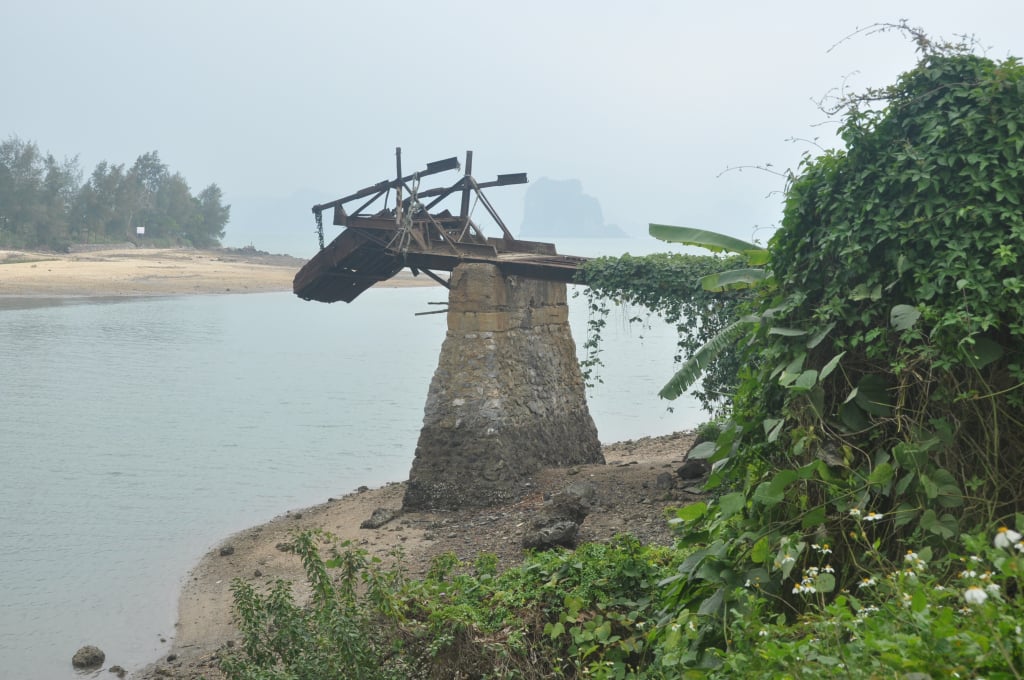
While the Nguyen Dynasty had not yet realized the importance of the Hon Gai mine, capitalists from many countries were competing for influence in order to exploit coal here. Under the instigation of the British Empire, the Qing Dynasty (China) pressured the Nguyen Dynasty to allow Chinese merchants to mine coal in Dong Trieu and Hon Gai. In addition, German merchants also saw the lucrative profits from coal. It was the Germans who asked the Nguyen Dynasty to open a coal mining site, pooling capital with the French to build the Port-Wallut (Van Hoa) port on Ke Bao Island.
For French capitalists, occupying the Hon Gai, Dong Trieu, and Cam Pha mines was one of the top plots in the invasion of Bac Ky. In the years 1880-1882, France forced the Nguyen Dynasty to send engineers to survey and explore the mines and bring coal samples to Paris for analysis. Realizing that the quality of coal in the Hon Gai mine area was among the best in the world , the French colonialists accelerated their determination to invade this land.
Therefore, on March 12, 1883, after capturing Hanoi citadel in the second invasion of Tonkin, 500 French troops, under the command of naval colonel Henri Rivière, captured the Hon Gai mine, established their military headquarters in Mong Cai, and began 72 years of their occupation and coal mining in Quang Ninh.
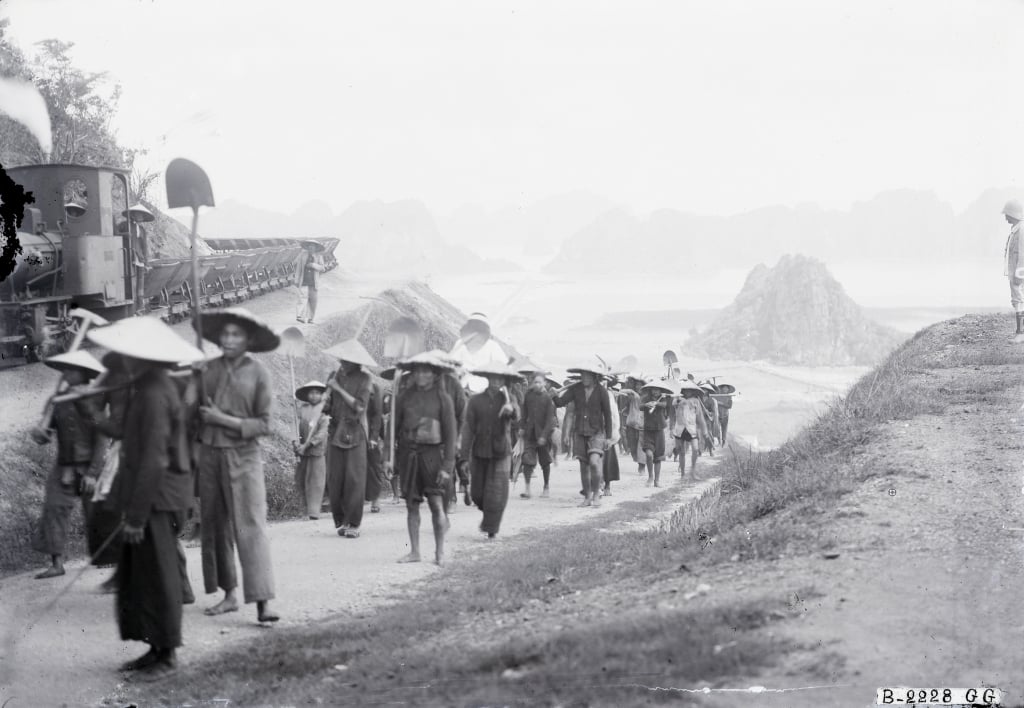
After being invaded by the French, the Quang Ninh mining area was administratively under the control of the Quang Yen and Hai Duong consuls. The French colonialists placed in each large company a governing apparatus with secret police, military, and prisons directing directly from the province down. As for the largest company, the French Company of Tonkin Coal Mines (established in 1888, headquarters is now the Production Control Center in Quang Ninh of the Vietnam National Coal - Mineral Industries Group at 95A, Le Thanh Tong Street, Hong Gai Ward, Ha Long City), the Quang Yen consul organized it into a separate administrative area, headed by a mining agent.
In addition, the administrative apparatus of the Nguyen Dynasty, headed by an agent, was headquartered in Hon Gai. In terms of management, the French mining companies were run by the colonial government, but to some extent with the consent of the mine owners. Within their territory, the French mine owners established many monopolies, even circulating their own money, such as at the Dong Trieu Coal Company.
To have workers for the mines, the French mine owners went to the provinces to recruit workers, and on the other hand, they used prisoners from the anti-French uprisings they captured. The Quang Ninh Provincial Museum still preserves many documents of the coal mines during the French period, showing that the mine owners and inspectors went to many rural areas from Ha Tinh, Thanh Hoa, Thai Binh, Ninh Binh, Hai Duong, etc.
Notably, the mine owners who recruit workers are mainly farmers from the plains and coastal areas, and almost no workers from the highland provinces or ethnic minorities. One trick is that the foremen often choose the lean season - the famine period of the year or severe natural disasters to easily recruit workers and send farmers to the mines. Many miners after peace was restored have been attached to the Quang Ninh coal region, continuing their children's attachment to the coal industry, up to now 3 - 4 generations.
Source



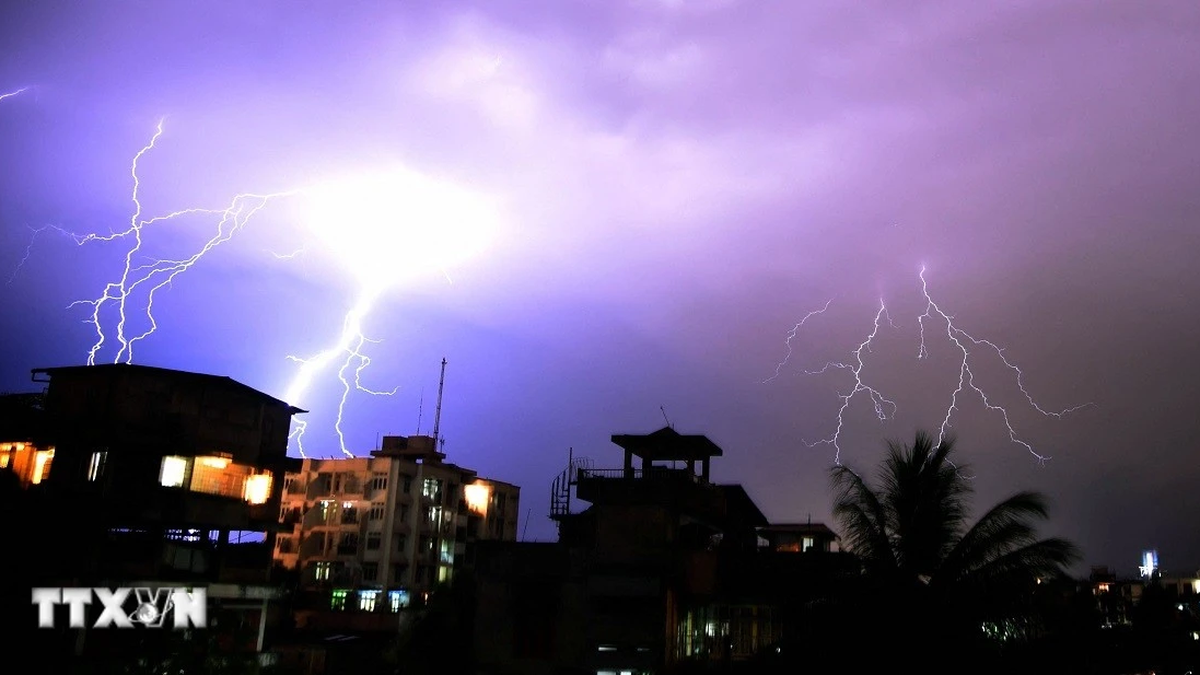




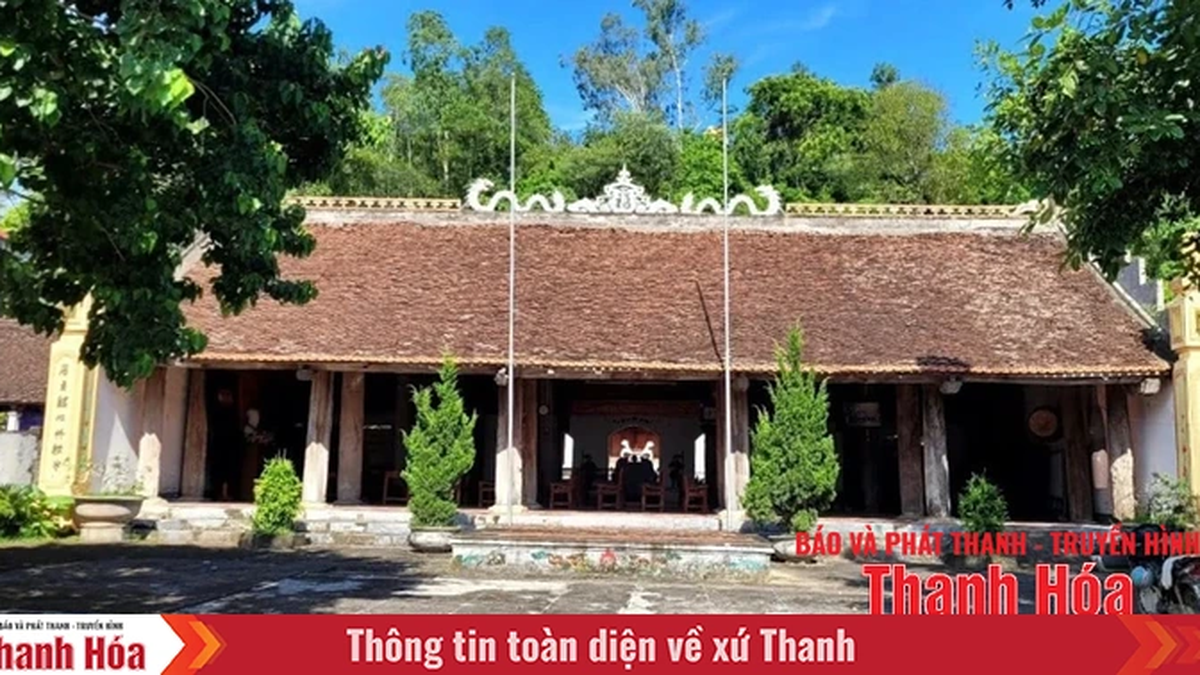
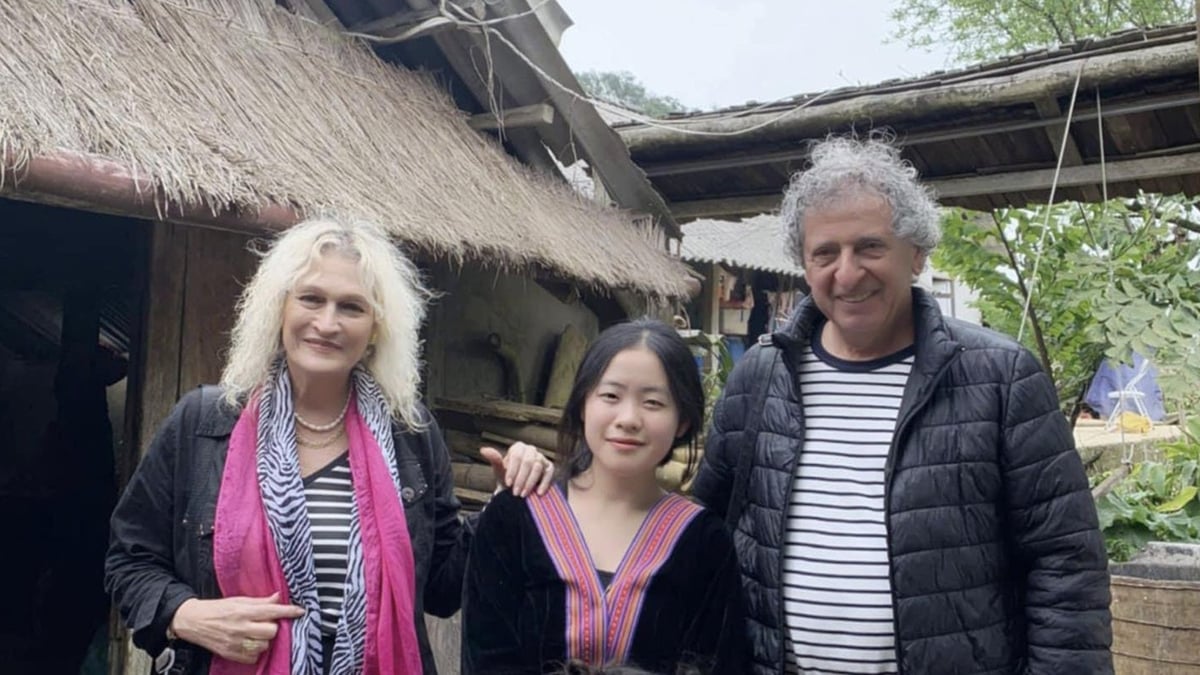
























































































Comment (0)